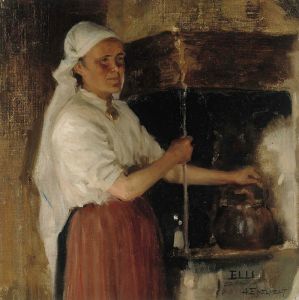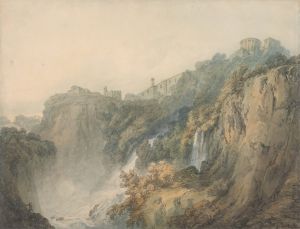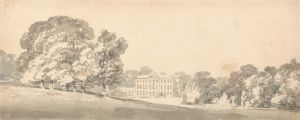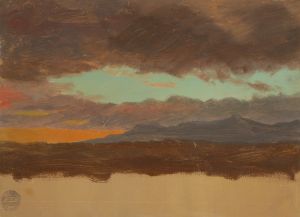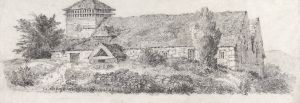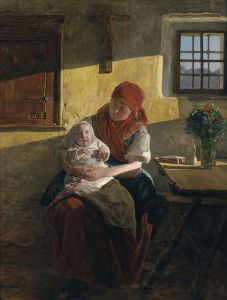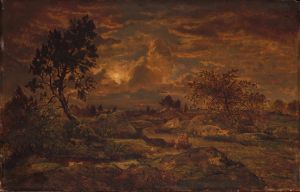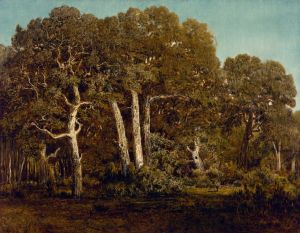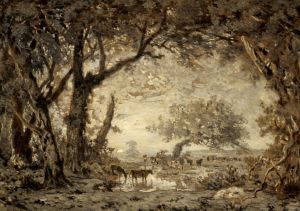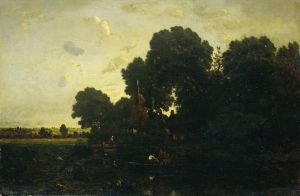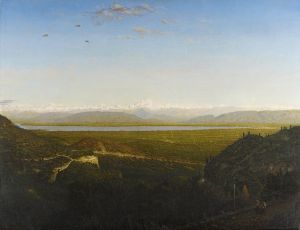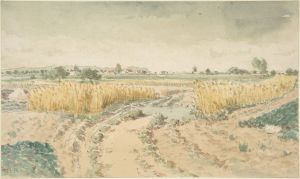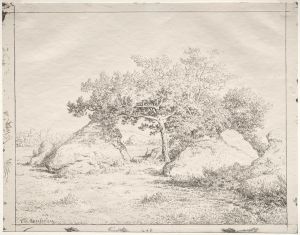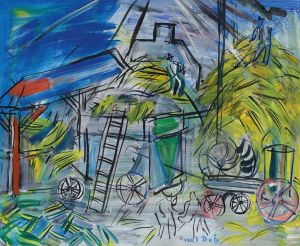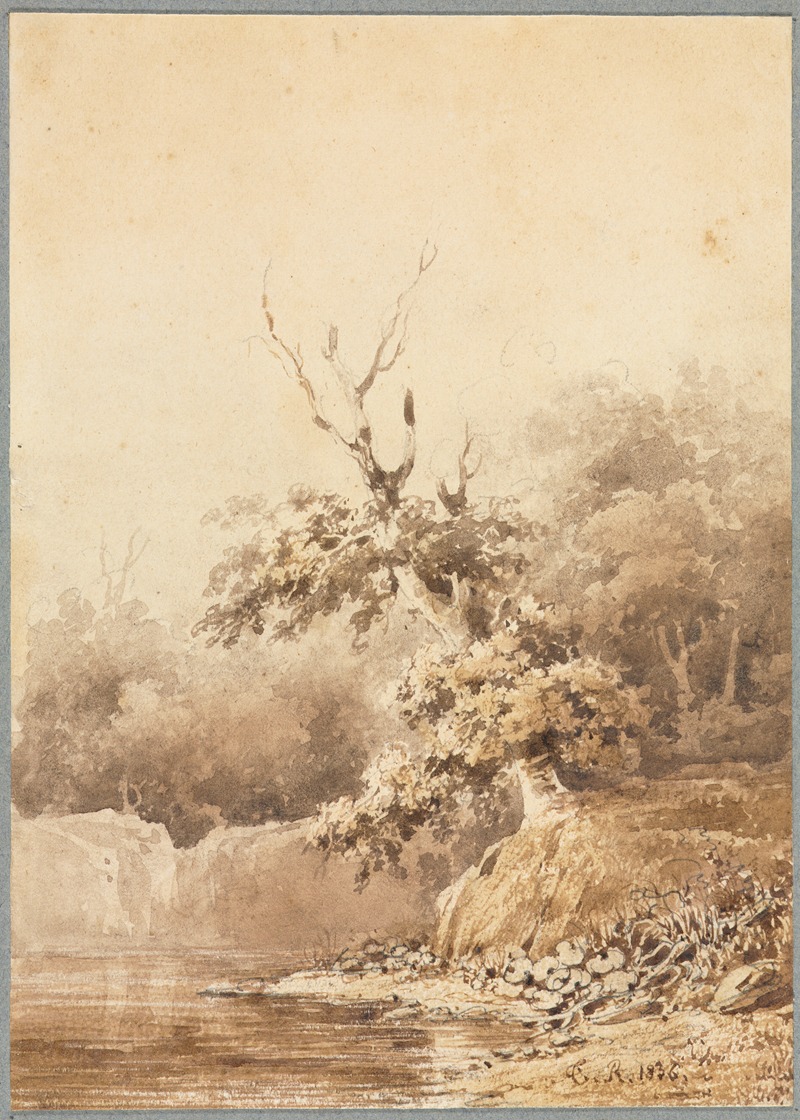
Landscape
A hand-painted replica of Théodore Rousseau’s masterpiece Landscape, meticulously crafted by professional artists to capture the true essence of the original. Each piece is created with museum-quality canvas and rare mineral pigments, carefully painted by experienced artists with delicate brushstrokes and rich, layered colors to perfectly recreate the texture of the original artwork. Unlike machine-printed reproductions, this hand-painted version brings the painting to life, infused with the artist’s emotions and skill in every stroke. Whether for personal collection or home decoration, it instantly elevates the artistic atmosphere of any space.
Théodore Rousseau, a prominent figure in the Barbizon School, painted "Landscape" in the mid-19th century. The Barbizon School was a movement towards realism in art, emphasizing natural scenes and rural life, and Rousseau was one of its leading exponents. Born in Paris in 1812, Rousseau developed a profound appreciation for nature, which is evident in his works.
"Landscape" by Théodore Rousseau is a quintessential example of his dedication to capturing the essence of the natural world. The painting depicts a serene, wooded scene, likely inspired by the Forest of Fontainebleau, a frequent subject for Rousseau and other Barbizon artists. The forest, located near the village of Barbizon, provided a rich tapestry of natural beauty that Rousseau sought to immortalize in his works.
Rousseau's technique in "Landscape" reflects his meticulous attention to detail and his ability to convey the atmosphere of the scene. He often employed a palette of earthy tones, which can be seen in the rich greens and browns of the trees and foliage. The composition of the painting is carefully balanced, with a harmonious arrangement of elements that guide the viewer's eye through the scene. Rousseau's brushwork is both delicate and expressive, capturing the texture of the leaves, the play of light and shadow, and the tranquil mood of the forest.
The painting is notable for its realistic portrayal of nature, a hallmark of the Barbizon School. Rousseau's commitment to painting en plein air (outdoors) allowed him to observe and render the subtleties of natural light and atmosphere with great fidelity. This approach was revolutionary at the time, as it marked a departure from the idealized landscapes that were common in academic art.
"Landscape" also reflects Rousseau's philosophical views on nature. He believed that nature was a source of spiritual renewal and that by depicting it truthfully, he could convey its inherent beauty and power. This perspective was shared by many of his contemporaries in the Barbizon School, who sought to elevate landscape painting to a higher status within the art world.
Théodore Rousseau's "Landscape" is housed in various collections, including major museums and private collections. The painting continues to be celebrated for its contribution to the development of landscape painting and its influence on subsequent generations of artists. Rousseau's work paved the way for the Impressionists, who further explored the effects of light and color in their depictions of the natural world.
In summary, "Landscape" by Théodore Rousseau is a masterful representation of the artist's skill and his deep connection to nature. Through his detailed and atmospheric portrayal of the forest, Rousseau captures the serene beauty of the natural world, embodying the principles of the Barbizon School and leaving a lasting legacy in the history of art.





